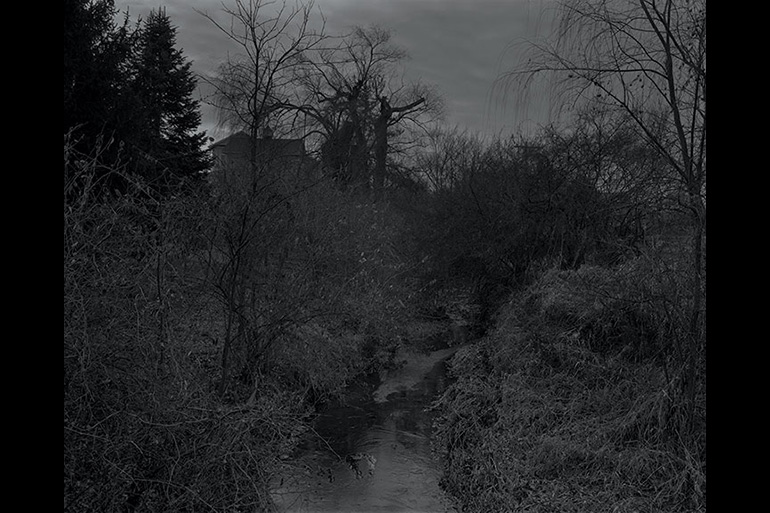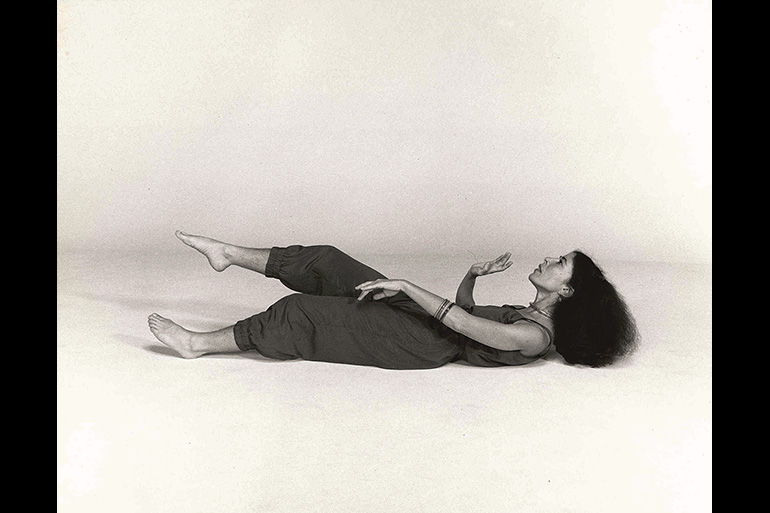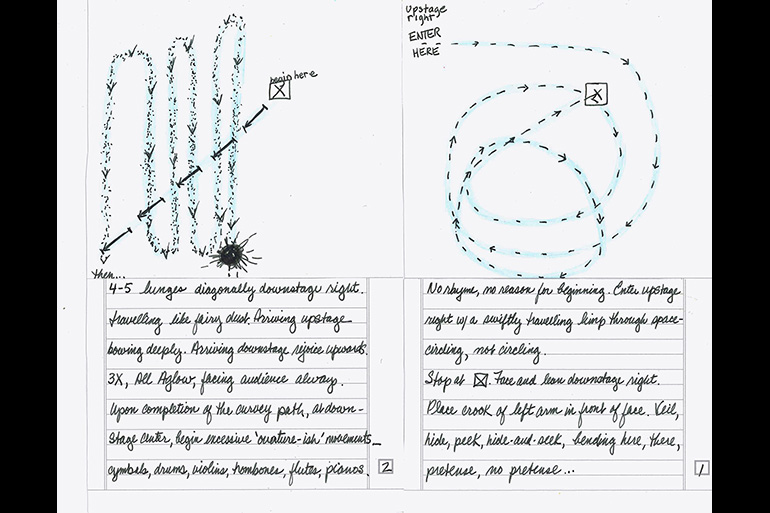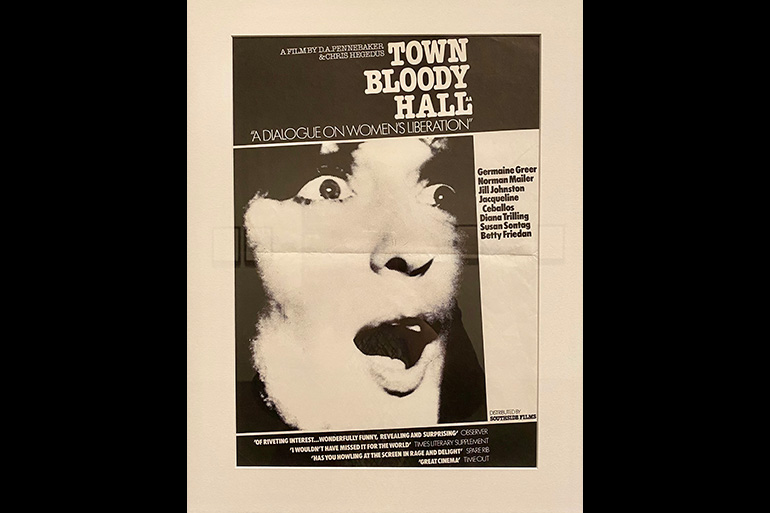Stories to Tell
Selections from the Harry Ransom Center
February 4 – August 20, 2023
The Harry Ransom Center houses some of the world's most significant collections relating to literature, art, photography, film, and the performing arts. More than 42 million manuscripts, 5 million photographs, 1 million rare books, and 100,000 artworks document our cultural history and the creative process.
Many stories can be told through the Center's collections. This rotating exhibition conveys stories of inspiration, innovation, collaboration, and frustration often associated with the creative work of leading writers and artists.
Highlights
- Dawoud Bey: Night Coming Tenderly, Black
In the lush, nocturnal landscapes that form his recent series Night Coming Tenderly, Black, American artist Dawoud Bey (b. 1953) confronts the challenge of visualizing unseen histories. This portfolio of ten photographs reimagines the movements of enslaved people seeking safe passage along the Underground Railroad, navigating through Ohio toward Lake Erie to ultimately claim their freedom in Canada. - Norman Mailer: "A Battleground of History"
Norman Mailer (1923–2007) was one of the most iconic and iconoclastic American writers of his time. The two-time Pulitzer Prize–winner, acclaimed novelist, innovator of creative nonfiction and New Journalism, was an outspoken participant—and oftentimes controversial combatant—in many of the most complex cultural debates of the second half of the twentieth century. See items from his archive that highlight three cultural touchstones of many of his writings: Civil Rights, the Vietnam War, and Women’s Liberation. - Keeping Score: The Deborah Hay Papers
Internationally acclaimed dancer and choreographer Deborah Hay (b. 1941) was a founding member of the Judson Dance Theater, a group of dancers and choreographers in New York City who sought to break free from the traditional constraints of classical ballet and modern dance. For over fifty years, she has pioneered new ways of creating performance. Four of Hay's dance scores drawn from her archive reveal how she has documented and extended the artistic practice of her choreography.
Admission is free.
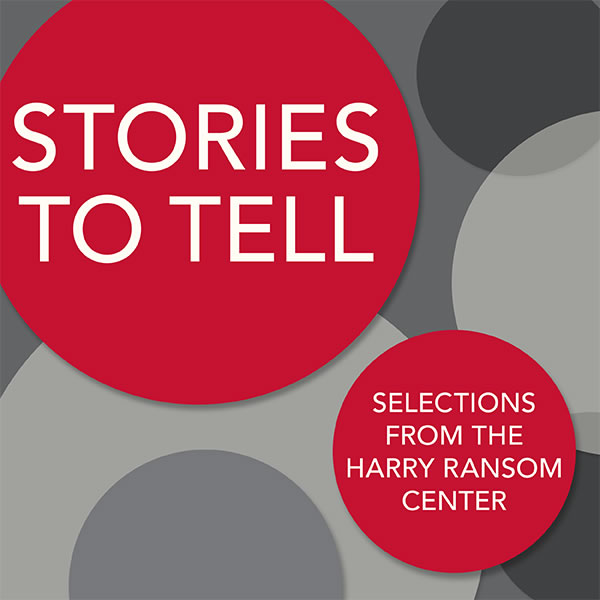

Any views,
findings, recommendations or conclusions expressed in this exhibition do not necessarily represent those
of
the National Endowment for the Humanities.


